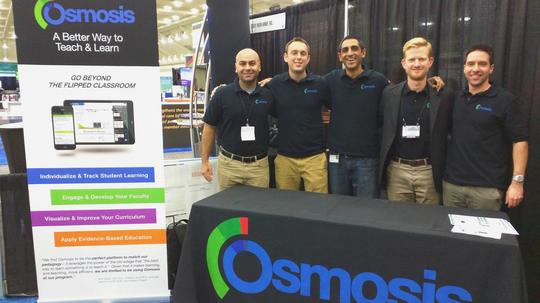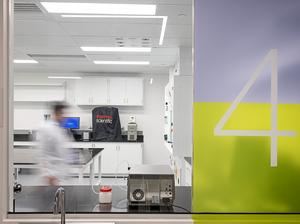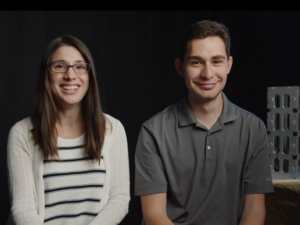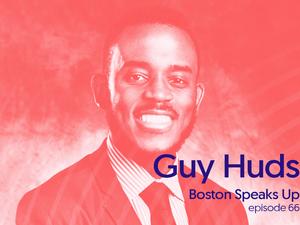
This past week, most schools in Boston have had finals. You know what that means? The city has been filled with college kids tweaking out as they’ve tried to cram an entire semester’s worth of information into their heads. And all so they can regurgitate the material, get a passing grade, forget about it and move on with their lives.
While this method might work for some subjects, it can’t fly in other fields. Namely, medicine. If you’re being treated by a doctor, you usually want them to remember what they learned in school.
Osmosis - a platform taking a new approach to studying - helps medical students digest and retain the heaps of information thrown at them in any given semester. From my conversation with Shiv Gaglani, one of the co-founders who’s also a student at HBS and Johns Hopkins, it seems like Osmosis is going to revolutionize learning as we know it.
What makes medicine so special
Gaglani and his co-founder Ryan Haynes, who has a PhD in Neuroscience, basically started to develop Osmosis to make their lives easier.
“It started when my co-founder and I were in medical school together. We were Anatomy team members during our first year at Hopkins together,” said Gaglani.
“Med school is equivalent to drinking from a fire house. You’re being bombarded by so much information, and it’s hard to process all of it,” he added.
At the same time, Gaglani emphasized how crucial it is for students to understand and hang on to all of the material presented during medical school. There’s a lot at stake in medicine - i.e. patients’ lives - so knowing the newest information and latest best practices in the field should be a top priority.
New study tactics to actually remember material
To ensure medical students have the most up-to-date and effective studying resources available, Osmosis was made. It takes several new tactics to make concepts and detailed information stick in users’ heads.
For starters, it encourages students to be continuously studying, rather than cramming right before exam. Osmosis, like Facebook, allows users to create private groups. Classmates can join different groups and import materials related to a given course. At a share of med schools that partner with Osmosis, different curricula are uploaded by administrators, but students at other institutions can upload the syllabi on their own.
“They just have to import their calendar, usually through an IPS file,” Gaglani explained. “Then they can drag and drop all of their class information and additional documents for the course.”
Based off the curricula provided, Osmosis then sends students supplementary content to complement the subjects they’re learning in class. Additionally, Osmosis’ app will have users answer questions that correspond to the concepts they’re studying at any given time.
“It integrates with the schedule uploaded, so it will recommend other content that will reinforce those concepts being learned in class,” Gaglani began. “It sends questions automatically. It takes the curriculum and knows what you’re learning and when. Depending on how you answer - correctly or incorrectly - it will send you easier or harder questions on the same subject.”
“It’s test-enhanced learning,” he added.
That’s not the only nifty neuroscience tactic that Osmosis is leveraging to allow students to retain material. The co-founders are playing to the Baker-baker Paradox, providing users with educational content that’s peppered with associations.
“One of the best ways to learn is through memory associations,” Gaglani told me.
“We provide celebrity anecdotes to reinforce information,” he continued. “If a student is learning about Parkinson’s, we’ll bring up Michael J. Fox. For Sjögren's syndrome, we include a part about Venus Williams. If users are exposed to material that’s linked to people they know about, they’re more prone to remembering the information.”
Medicine now, but other subjects may later come
Since Gaglani came to HBS, the support system there has allowed Osmosis to build up its business. In its early days, Osmosis’ user base was composed of 250 students at Hopkins. That number climbed to 5,000 when the venture received seed funding and launched an app component about a year and a half ago. But now, there are 32,000 user accounts for Osmosis.
The co-founders will continue to keep Osmosis’ focus on the medical realm for now. They want to perfect what their platform has to offer med students, really nailing the content and approach, before they move on to other academic concentrations. However, Osmosis does plan to expand further down the road.
Image via Shiv Gaglani.








